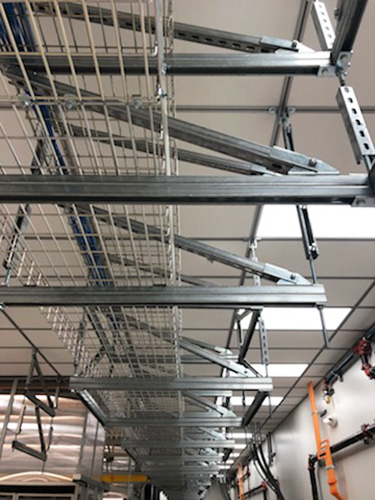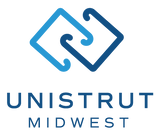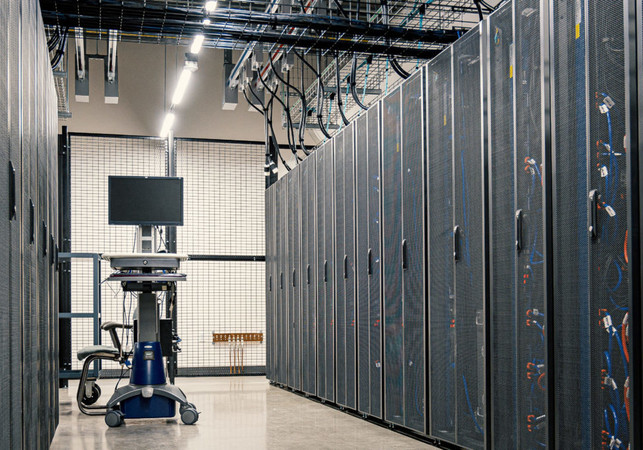Unistrut Electrical Support Systems
August 13, 2021
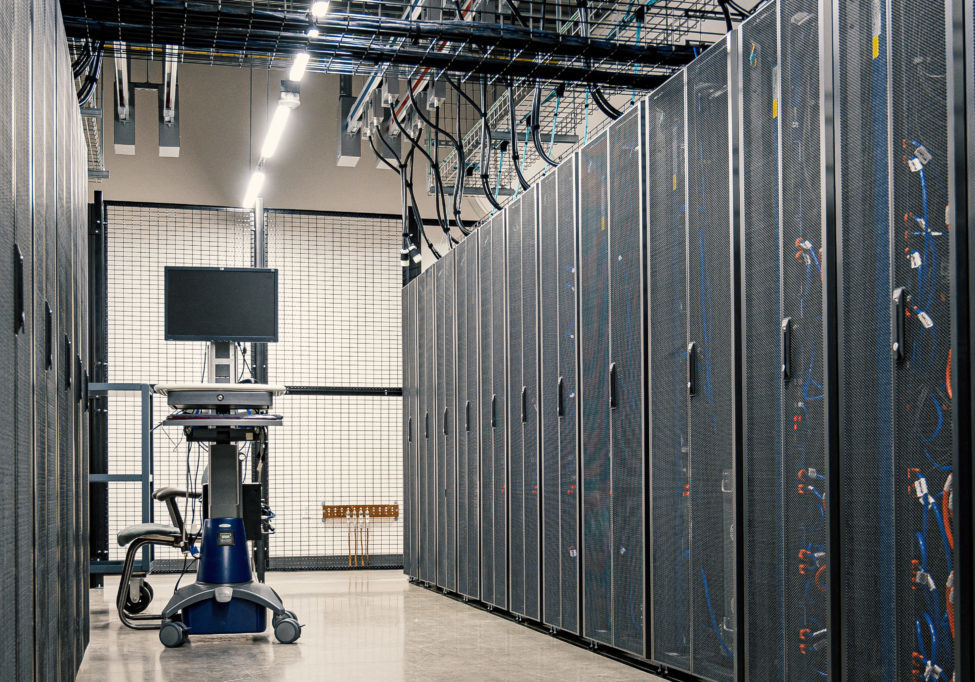
Data centers are changing and multiplying faster than ever before, due to the enormous amount of data being generated by the public and it’s not going to slow down anytime soon. Within a few short years, the infrastructures of today will no longer be able to support these growing networks. More data centers will be needed to handle this increase, and with them will come hundreds of miles of cables needed to transmit this data and power.
It was common practice to run data center cabling under raised access floors just a few decades ago. This made it easy to route cables where they were needed and kept them out of sight. The subfloor was then flooded with cool air which diffused upward and helped to dissipate the heat generated from the servers above. However, the growing volume of hardware and cables in these large data centers started to impede subfloor airflow and overheating issues became a larger issue. As cooling costs increased, this led engineers to start using underfloor ductwork to pump in cooler air where it was needed, which also resulted in even less subfloor space.
In more recent years, most cable management has been moved to overhead installations. As a result, new factors such as tray capacity, installation costs, and even aesthetics have become a major consideration. Unlike conduit systems where wires and cables are pulled through a pipe, cable tray systems make it very easy to run cables since they are simply laid on a flat, open surface.
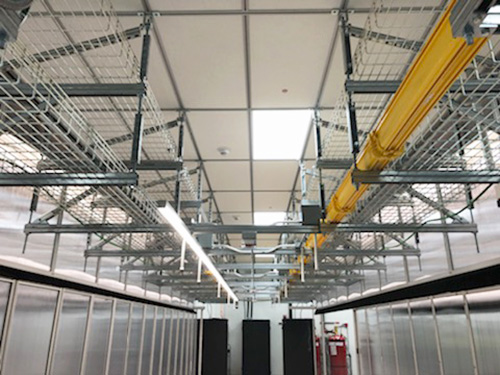
Large data centers suspend cable trays and pathways from the ceiling using trapeze struts and threaded rods. In these data centers, the amount of cabling required is massive, extremely heavy, and the cable runs are longer. Suspending these cables above eliminates the stress of mounting them to the server cabinets, and allows for the racks to be easily moved or added to.
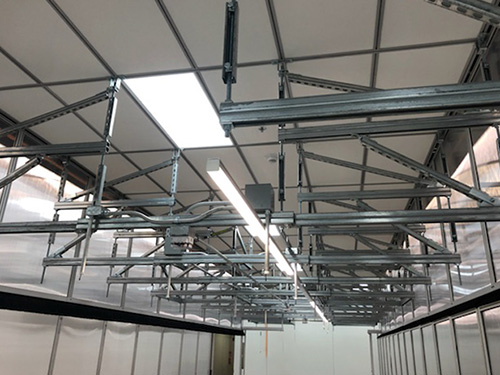
One of the biggest advantages of fabricating these cable support structures is the infinite adjustability of our strut since there is no welding involved. If your design changes, moves, or additions are needed in the future the material can be reworked to suit your needs, saving time and money.
Unistrut Midwest offers no cost design support on any Unistrut project. Whether you are looking for a typical detail on a trapeze support or want to know which support brace is best for your system, Unistrut Midwest is here to help you find the appropriate solution to your application. Our sales team has decades of experience working with Unistrut products and would be glad to assist with your project.
Please give us a call or use the contact form to submit your question or application to us today!
